Mr. Francois Secret Cars: 300 Promptographs
by François Mercier
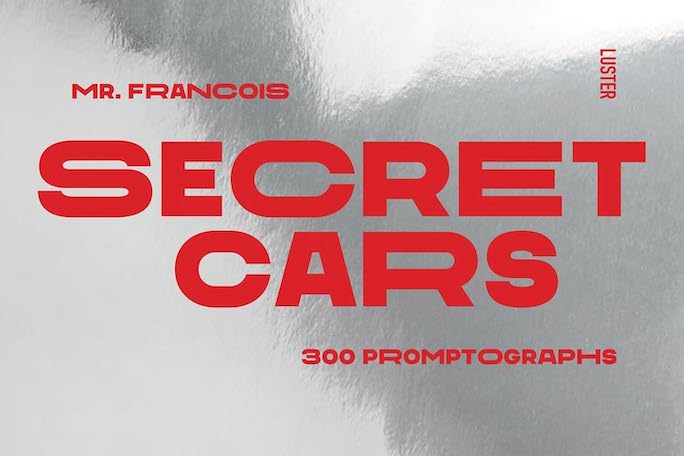
“It all started with some funny questions that had been lingering at the back of my mind: what if the world’s leading car manufacturers had secretly started building more surprising models? What if Ferrari had produced a motorhome for instance? Or Rolls-Royce a food truck? And Lamborghini a school bus? Thanks to AI-generated images, I found the answers, and I hope you find them as entertaining as I do.”
You’d better read these words a couple of times to wring every ounce of meaning out of them because they are the ONLY ones in this entire book. Well, there are a few more on the last page.
The premise in those words above is not that far-fetched considering that a number of big-name mainstream car manufacturers really did produce decidedly unusual custom cars for well-heeled clients. The images shown in the book are fully fleshed out, entirely believable—real, in other words. Nothing, not scale or proportion or color or shadow, look in the slightest way off.

Even the dents in the exterior skin of the camper look realistic. If there is anything weird in this image it’s that the trailer is so close to the E-Type’s (here called W-Type, for “wagon”?) rear end that you couldn’t very well make a turn.
It’s a good thing the book cover is shiny silver because it’s eye-catching, but also because it doesn’t give the game away. If it showed one of these unusual cars it would immediately elicit a reaction. It wouldn’t matter if it’s pro or con, what matters is that you’d be reacting to something that does not, cannot exist.
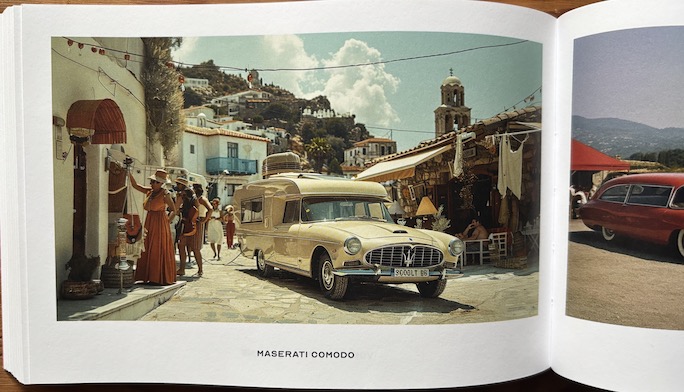
Again, totally realistic, not just the look and function of the car but the entire environment. And what might that be on the opposite page . . . ?
First, let’s step back a moment. You did catch that word, Promptograph? If you are plugged into cutting-edge stirrings in the world you’d see the A.I. connection. The key lies in the word prompt, which in turn reminds us of the adage “A computer is only as smart as the person using it” which is attributed to U.S. Air Force scientist Edward A. Murphy (1918–1990), the same Murphy to whom we owe Murphy’s Law. (Both of these sayings actually came out of the same USAF project he ran but that’s a whole ‘nother story.)

Even the car names are grounded in something realistic, here a Lamborghini Scuolach waiting to make a school run.
Long story short, the images in the book are computer-generated. Specifically A.I.-generated. And more specifically, by generative A.I. (there are other methodologies that the proverbial man in the street knows little about). Generative A.I. depends of course on the meaningfulness of the prompts. Hence Promptograph. A series of text prompts shape and refine the question the A.I. will be tasked to answer. Which brings us back to Murphy’s input/output paradigm: the reason the images in this book look so utterly “realistic” is that François Mercier, the Mr. Francois of the title, gave his A.I. tool (Midjourney, “An engine for your imagination”) very good prompts.
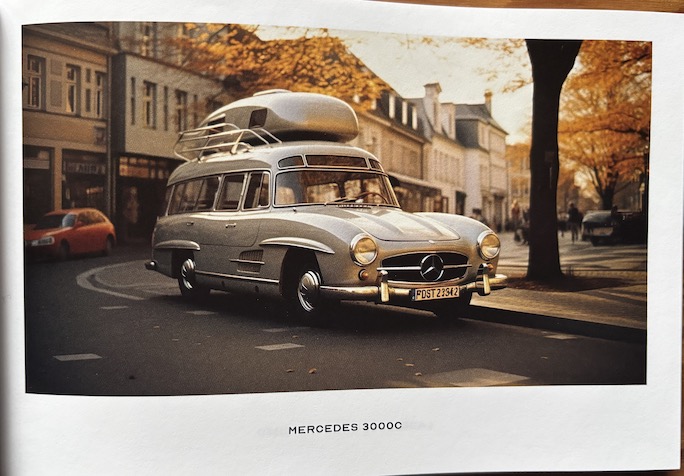
It could happen . . . it would be a shame if it did, considering today’s SL300 market. Engineering types will note that the doors even clear the sill as on the original but now are conventionally forward-opening, so what would the hinges attach to, especially the rear doors? The prompt must not have been specific about that and ole A.I. wouldn’t have known about this on its own.
It is a shame that the book explains nothing of this nor the Belgian photographer and commercial film director. A civilian may scratch his head in wonderment, assuming that incalculable effort went into these creations . . . but a Promptograph can be generated in as little as 20 seconds. There’s not really much more to say in terms of a book review—you have to look for yourself. Size-wise it’s a smallish book at 4.8 x 7 inches, and it’s cheap enough to just take a chance. And given the hyper-realistic flavor of the machinery shown there’s really nothing to object to on that score. You will be entertained and your imagination will be stimulated and you will want to try it yourself, and only then will you realize just how hard it is to come up with an executable chain of prompts.
If you are given to deeper rumination, ponder this: the term Promptograph appears to have first been used in a Facebook post by Peruvian photographer Christian Vince in which he comments on German artist Boris Eldagsen winning the prestigious Sony World Photography Award for an AI-generated image—and then rejecting the award on the grounds that “AI is not photography.” Which he amended a week later, asking “But what is it?” This is all still very much in flux.

Copyright 2025, Sabu Advani (Speedreaders.info
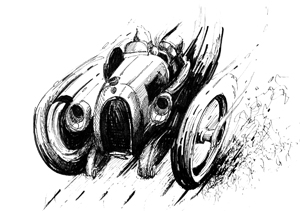

 RSS Feed - Comments
RSS Feed - Comments




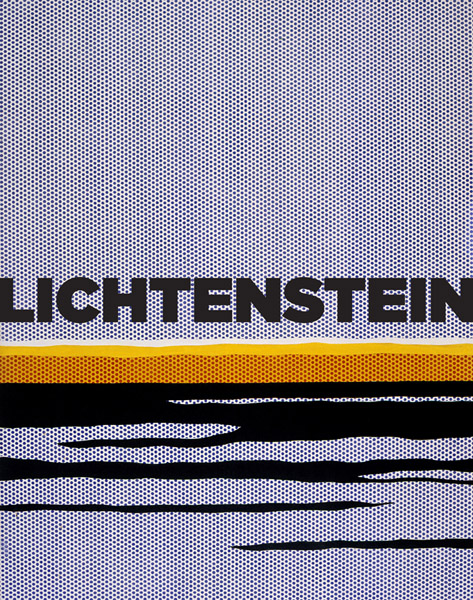


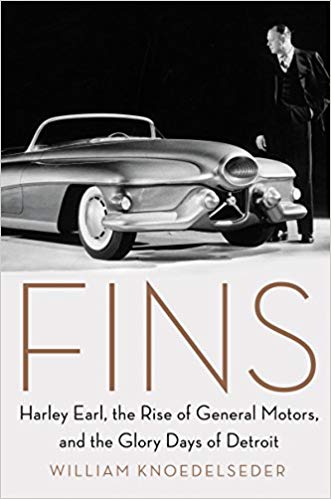


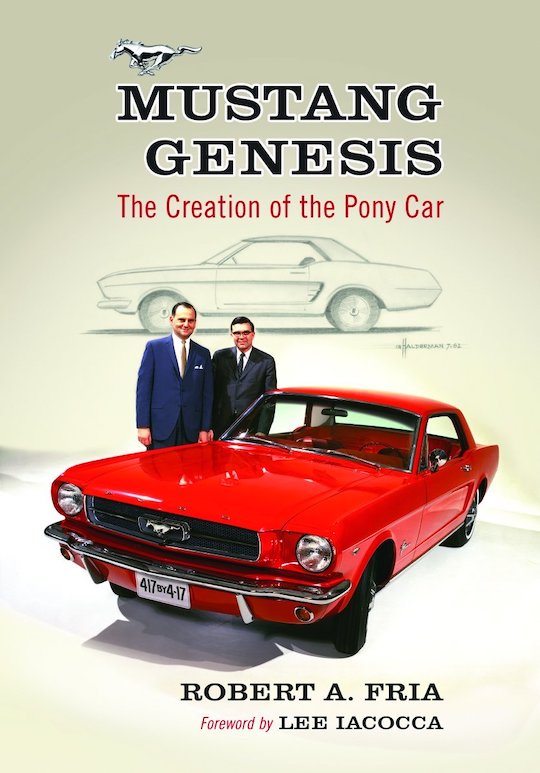






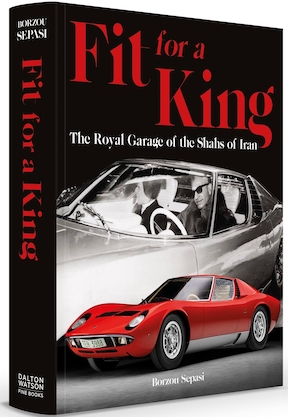






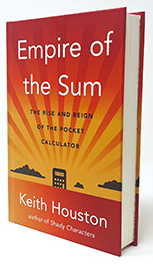










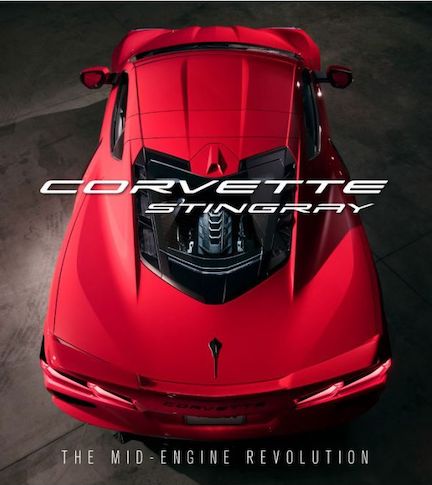


































 Phone / Mail / Email
Phone / Mail / Email RSS Feed
RSS Feed Facebook
Facebook Twitter
Twitter
Thank you for your very interesting review!
—Mr Francois